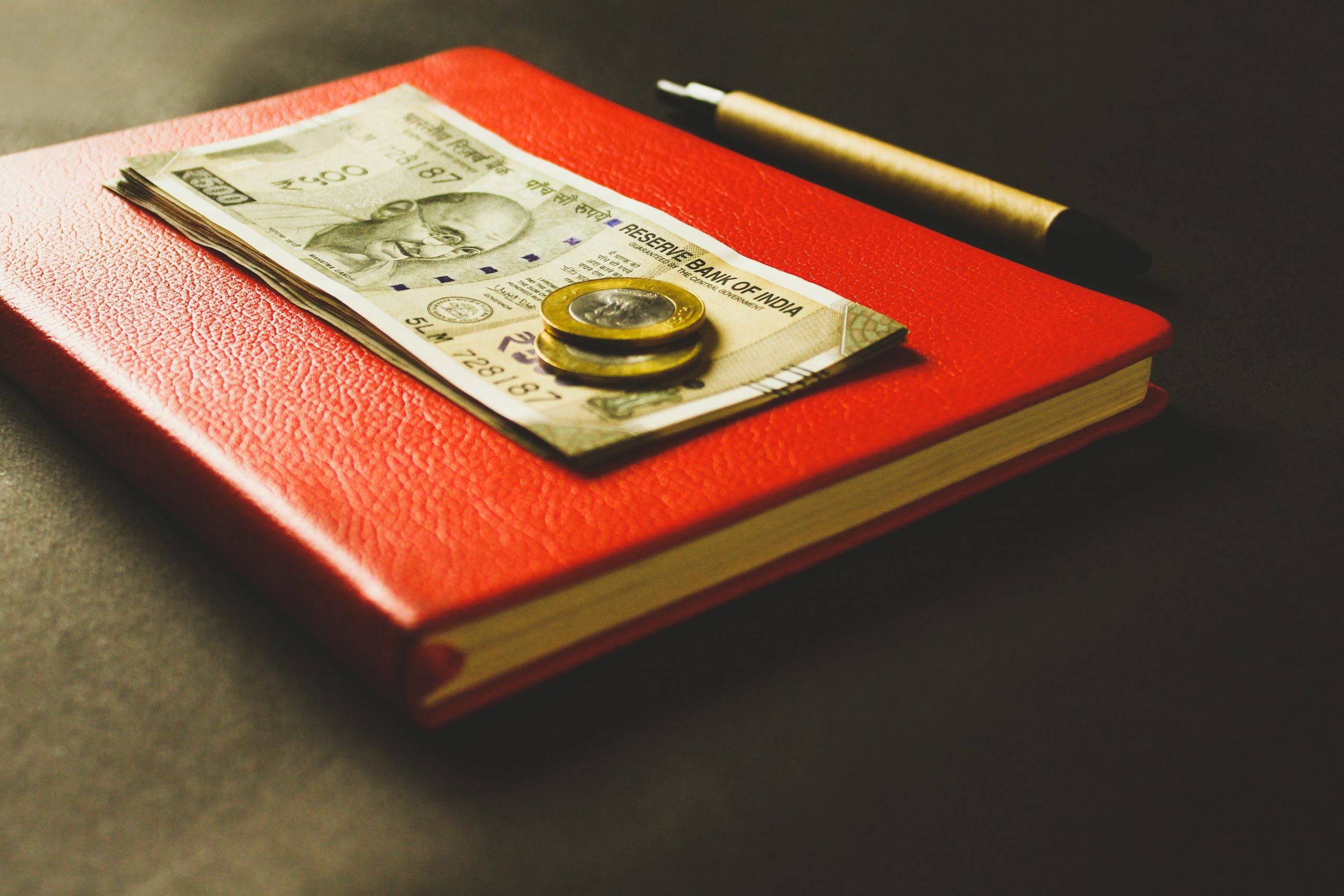Many Indians smirk at the ousting of Imran Khan as prime minister in Pakistan, and the coming dismissal of Gotabaya Rajapaksa as president in Sri Lanka. Both have been hit by debt crises. The smile will soon be wiped off all smirking faces because the debt typhoon lashing our neighbours is engulfing the world, and India will not escape unscathed.
Today, Indians are indignant at soaring prices of petrol and diesel. Opposition parties demand further duty cuts by the central government while the prime minister wants the states to cut their fuel taxes. Neither side dares broadcast the bad news that even today\’s prices are unsustainably low and will soar much higher. Right now, fuel prices are linked to a crude price of $105 a barrel. As the Ukraine war continues – and no end is in sight – the price will rise to at least $130 a barrel.
Spoiler Alert
I predicted in these columns in January that the stock market would crash in 2022. When markets fell in the last six weeks, some friends congratulated me on my omniscience. No, I told them, what has happened till now is not a crash, merely a modest correction. The crash will come later in the year and take markets far lower. I am a bear.
Most readers have little sense of the dimensions of the coming global debt crisis. India is well equipped to face the financial typhoon. Its foreign exchange reserves are a comfortable $630 billion, and its current account deficit (CAD) is a manageable 3% of GDP. Foreign investors have pulled billions out of the stock and bond markets. But domestic investors have kept investing, propping up the market and preventing a meltdown. Clearly, many other countries will fall before the crisis comes to India. But come it will.
The coming crash may not be as terrible as the Asian Financial Crisis of 1997. But it could be as bad or worse than the Taper Tantrum of 2013, when the rupee crashed from ₹55 to ₹67 to the dollar. At that time, India had a high CAD of over 4% of GDP and modest foreign exchange reserves. Raghuram Rajan as the new Reserve Bank of India (RBI) governor devised a scheme allowing foreigners to use non-resident Indians (NRIs) as a proxy to invest over $30 billion at a high interest rate and guaranteed exchange rate. Maybe a similar strategy will save the day this time too. But India will be dented, if not downed.
India\’s weakest point is its fiscal deficit. In India, most people have stopped worrying about this. After all, the world over, countries have for years been able to run unprecedented deficits with minimal inflation after the 2008 crisis. With the fading of Covid, India had hoped for galloping economic growth this year. Revenues were buoyant in 2021-22 and were expected to be buoyant this year too.
Nevertheless, the combined fiscal deficit of the Centre and states was budgeted at 11% of GDP. By international standards, this is horribly high. It will get even worse as the Ukraine war drags on, slowing growth and revenue, even while demands increase for cuts in oil taxes. A widening fiscal deficit can at some point trigger a market collapse.
Double the Print Run
Modern monetary theory has become popular in recent years. It suggests that governments can print money forever with no serious inflation. But now that inflation has soared to 8.5% in the US and 7.5% in the eurozone, inflation cannot be shrugged away. Central banks will have to tighten money.
The US Fed will aim for a \’soft landing\’, hoping to squeeze demand without causing a crash. But history shows that attempted soft landings often turn out to be hard and produce a recession. This will produce a worst-case scenario – a global recession superimposed on a Third World debt crisis.
The world experienced a savings glut in the 2010s. So, global money flooded into every risky country and company in search of higher yields. Historical borrowing standards were abandoned. China emerged as an aggressive new lender, lending more than the Western donors and international institutions combined. Private equity (PE) and venture capital (VC) funds poured trillions into Third World startups. In this wild rush to lend, the weaknesses of dozens of developing countries were overlooked. People simply forgot that close to 75 countries had gone bust, repeatedly since the 1980s. The bubble has now burst.
The World Bank estimates that 74 developing countries have to repay $35 billion to official and private-sector lenders in 2022, up 45% from the figure in 2020. Their coffers had already been emptied by Covid. The G20 Debt Service Suspension Initiative launched in April 2020 aimed to defer $20 billion of debt servicing by 73 developing countries in 2020. This was extended to the end of 2021.
Actual debt relief came to just $12.7 billion by the end of 2021. These countries now require a massive bailout that highlights risks in all emerging markets. That will have consequences for India.
This article was originally published in The Economic Times on May 3, 2022.


